‘The Alec Baldwin Show’ goes for vintage, simple look — with a bit of jazz
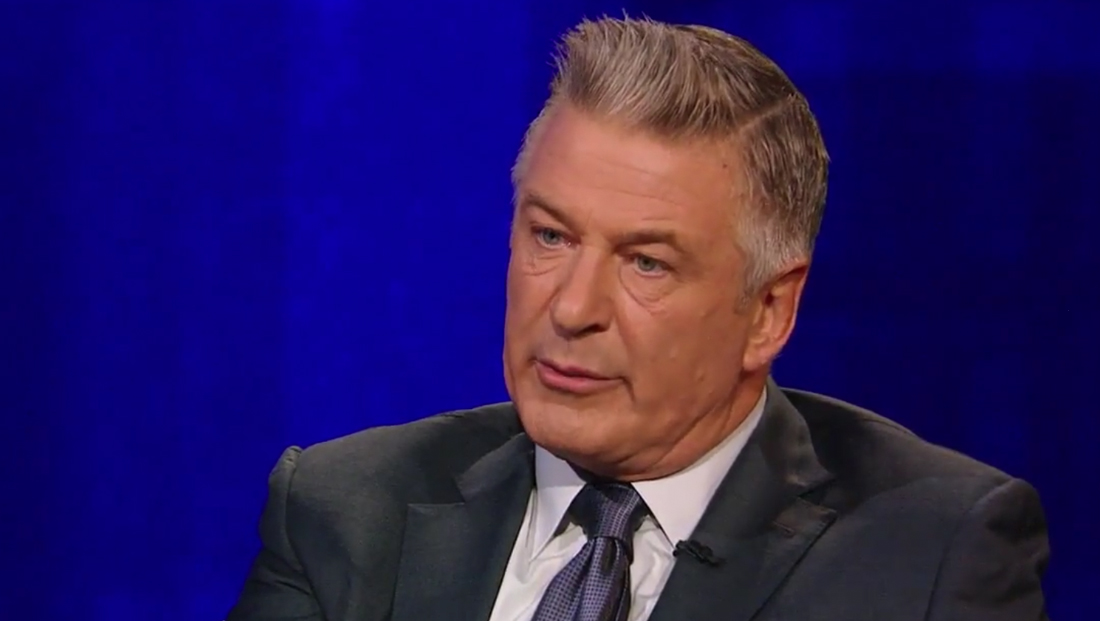
Subscribe to NCS for the latest news, project case studies and product announcements in broadcast technology, creative design and engineering delivered to your inbox.
Bringing long-form interviews back to primetime and counter-programming the NFL, Alec Baldwin’s new Sunday night talk show is decidedly low-tech.
“The Alec Baldwin Show,” which was tested earlier this year following the Oscars broadcast under the title “Sundays with Alec Baldwin,” aims to be an intimate conversation with none of the modern traditions that usually accompany a talk show.
There’s no audience, no opening monologue, no peppy sidekick, just conversations that are largely uninterrupted.
“It’s a unique opportunity to do a thoughtful, smart talk show, without a lot of bells and whistles,” said Jason Schrift, the show’s EP in an interview with TV Insider.
“When the guest is brought out on the stage, that’s exactly when the show starts.”
Conversation as the focus
Production designer Camille Connolly of 3C Studio created the show’s scenic design, putting the guests and Baldwin at the center of attention with subtle backgrounds and dramatic lighting from Joshua Hutchings of Illumination Advocates.
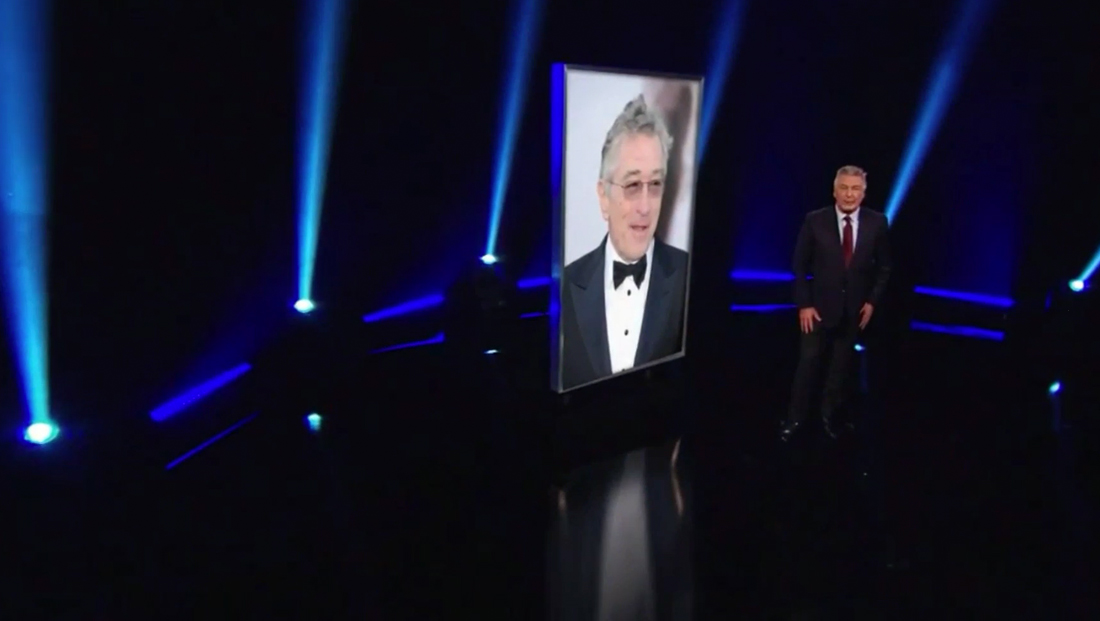

Host Alec Baldwin opens the show on camera with a vertical video panel set the middle of a darkened space with dramatic uplights.
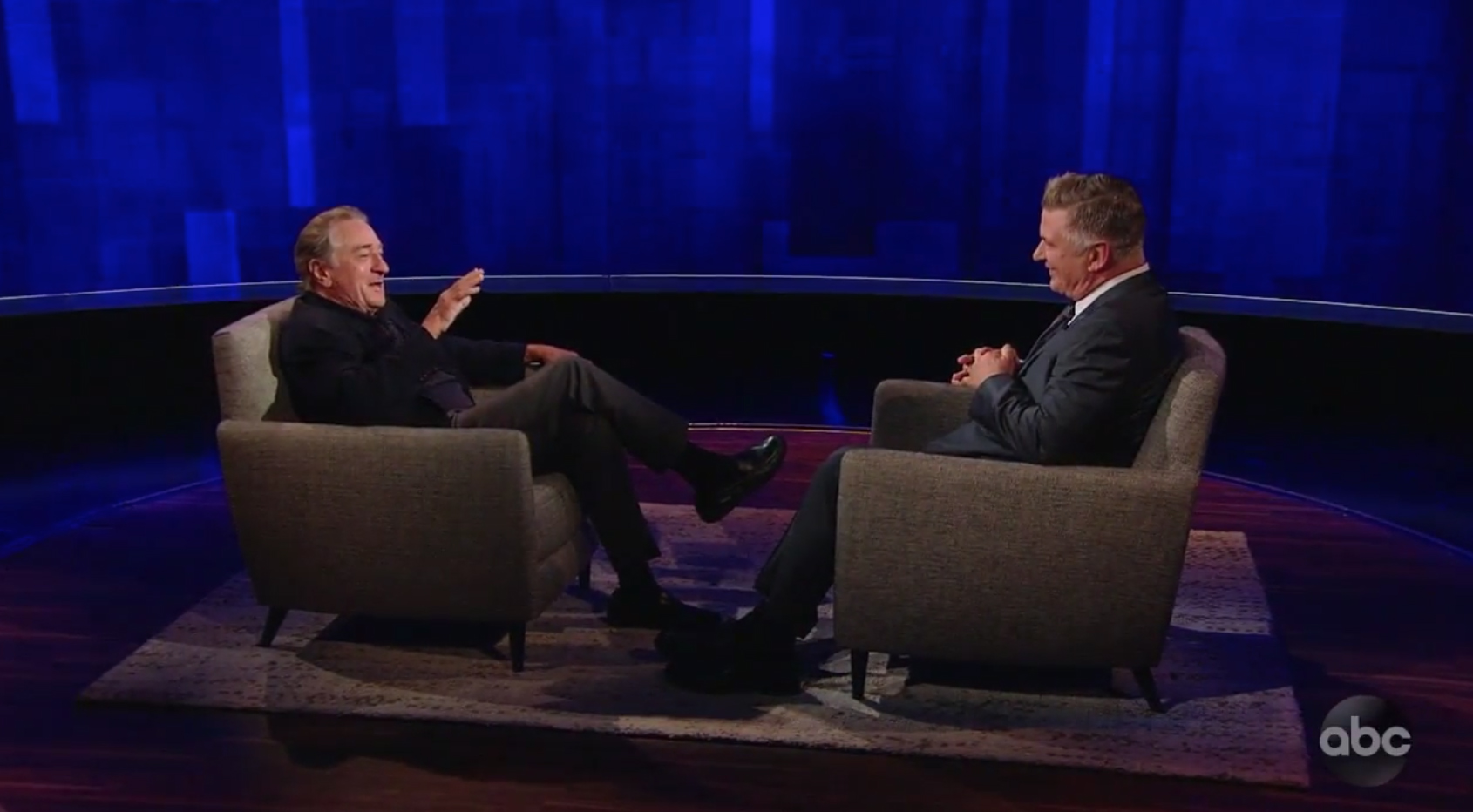

Baldwin’s taped interviews are staged in front of a simple curved background that borrows the bar effects from the show’s title card. Atop the knee wall is a sliver of light.
“The Alec Baldwin Show” films at ABC’s New York City headquarters near Lincoln Square and uses multiple studios including TV 23 and TV 24.
Graphically, the show’s open features jazzy background music and caricatures of Baldwin in some of his biggest roles.
Cartoonist Steve Brodner created the illustrations along with animations for some of the conversations to help reenact stories.
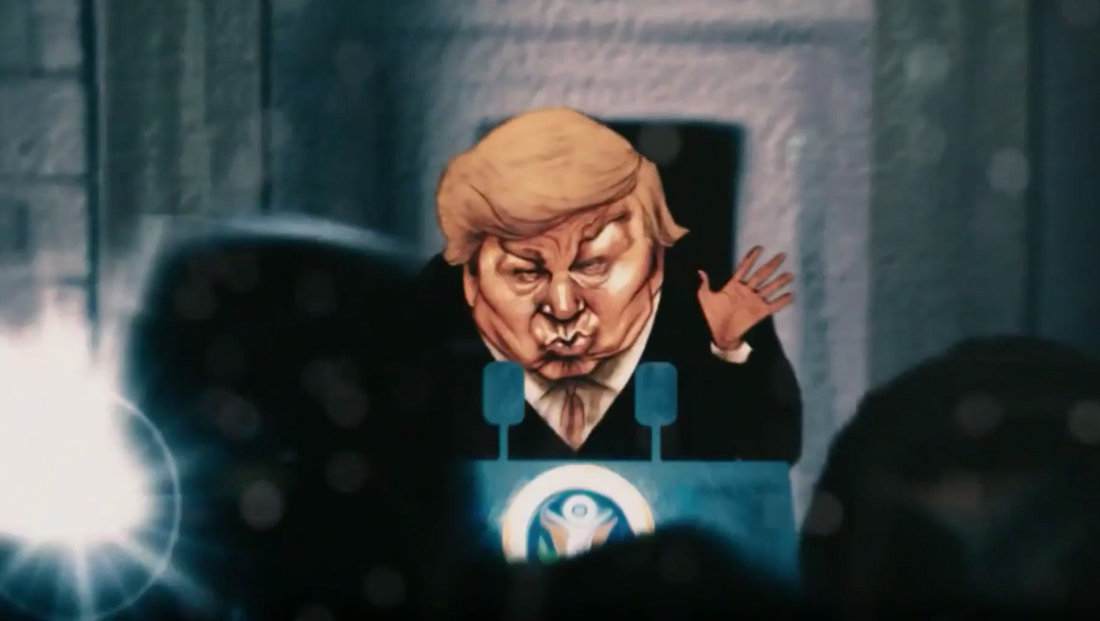

Cartoonist Steve Brodner created the illustrations along with animations for some of the conversations to help reenact stories.
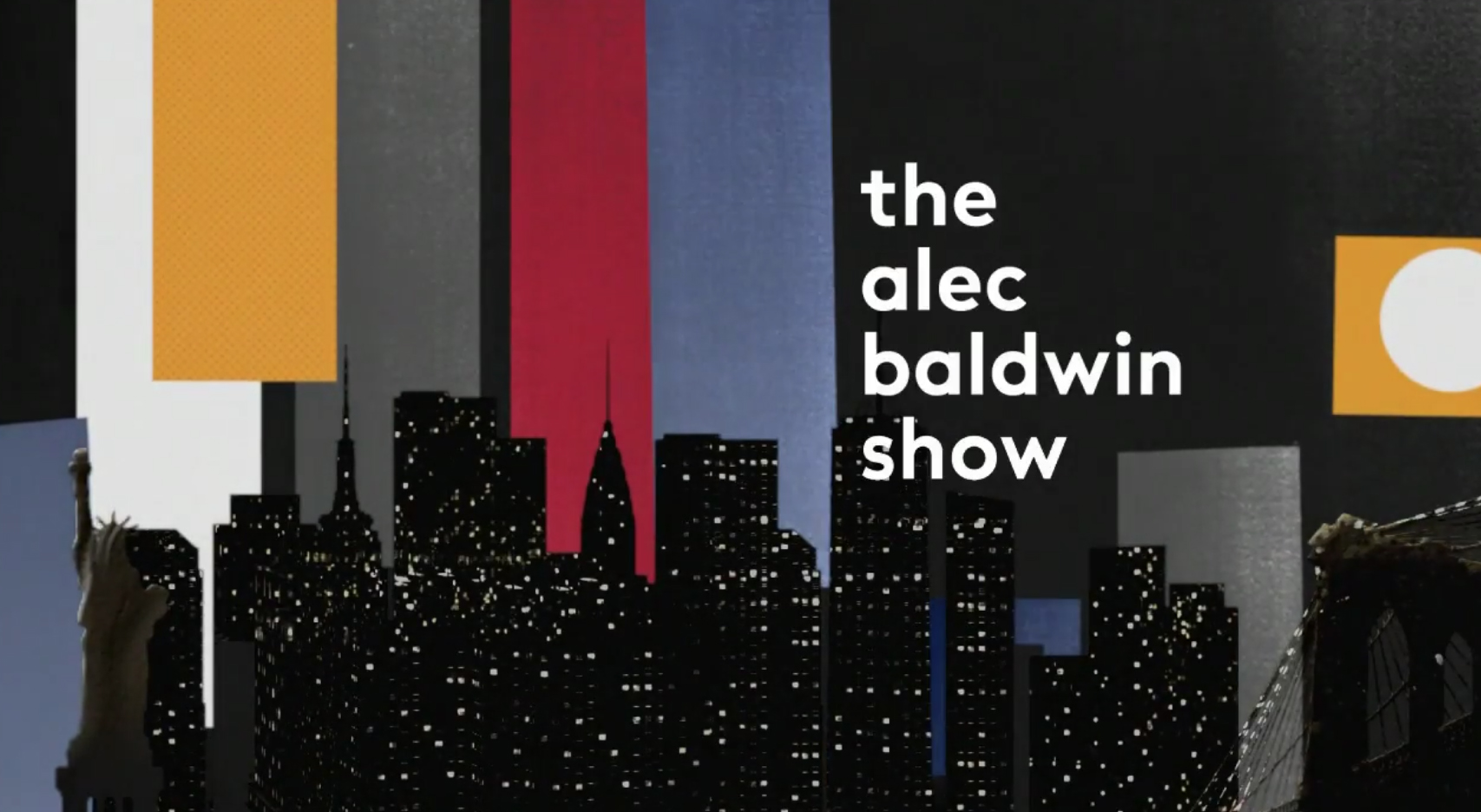

The show used the title card released Oct. 12, featuring a hand drawn style cityscape with colored bars in white, gray, gold, red and blue behind.
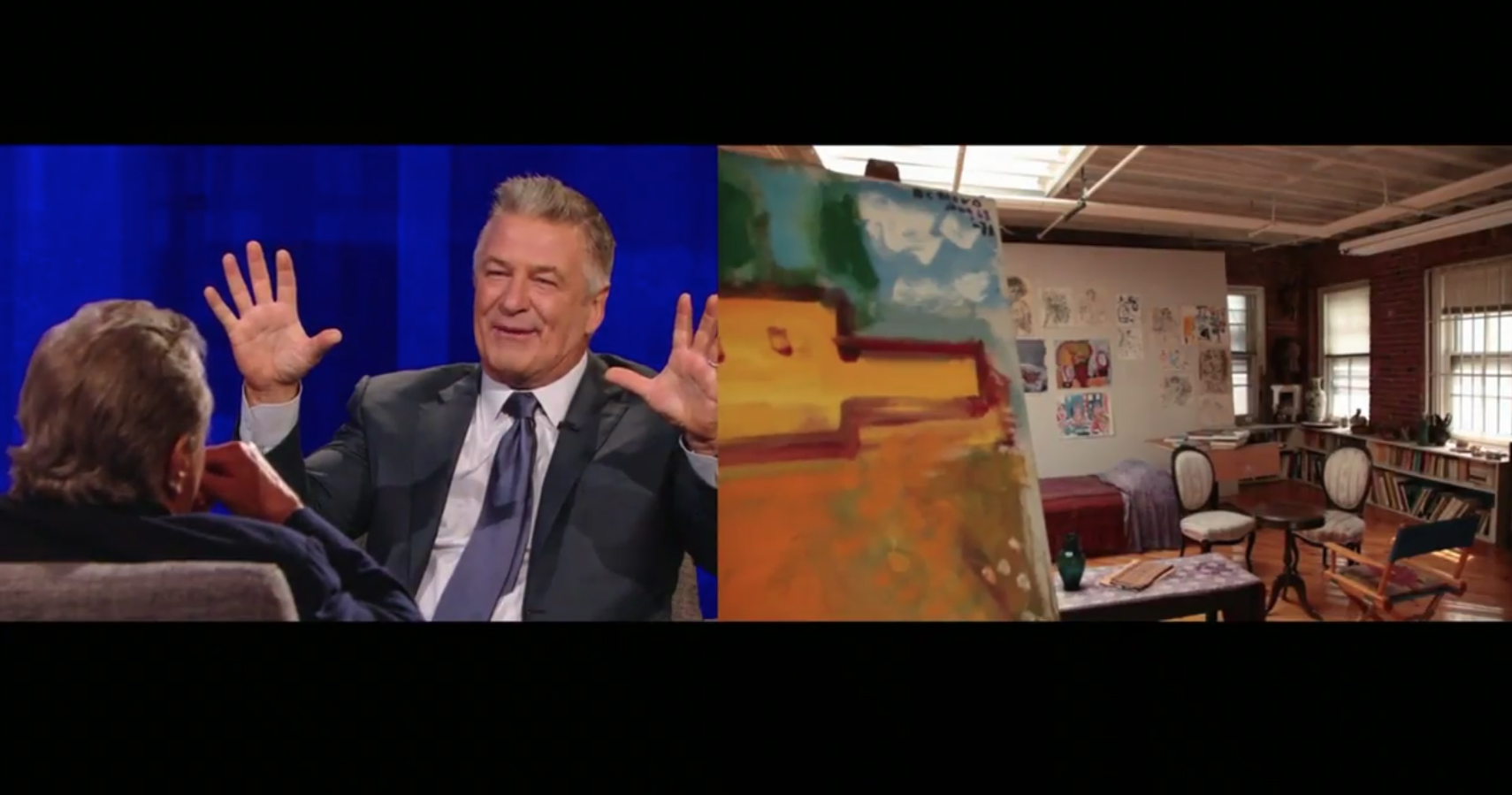

The show uses a split-screen layout to showcase B-roll footage about interview subjects — with a black letterbox-style layout.
Subscribe to NCS for the latest news, project case studies and product announcements in broadcast technology, creative design and engineering delivered to your inbox.


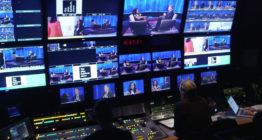


tags
3C Studio, Inc., ABC, Alec Baldwin, Camille Connolly, Illumination Advocates, Joshua Hutchings, NEP Sweetwater, showman fabricators, The Alec Baldwin Show
categories
Broadcast Design, Broadcast Industry News, Graphics, Heroes, Set Design, TV Show Production Design